
Grace Metalious was an American writer and author best known for her novel Peyton Place, a book controversial for her time but one of the best-selling works in publishing history. Her writing sprung her into the spotlight overnight, giving Grace the sought-after status of being a serious writer.
However, along with fame and fortune came destruction as the people around Grace took advantage of her finances. Of these situations, the ones that did the most damage included her publishing agent embezzling her money, Grace herself spending lavishly on so-called “friends,” and a lover who insisted that she spend more money than she should, causing her to lose most of her hard-earned fortune in the process.
Despite this, the novel became worth so much more and still stands the test of time, something that even Grace believed would never happen. This is the story of Grace Metalious, a woman turned housewife turned wealthy author, and how her legacy stands today.
The Myth Becomes a Legend
According to classical mythology, Zeus gave a box to Pandora, the first woman, that was never to be opened. Her curiosity piqued by the odd instructions, Pandora took a chance, and, all at once, its contents of misery and evil were released upon the world.
However, another Pandora’s box was hidden away in a small New Hampshire town. As the clicking of a typewriter set the events in motion through a seemingly unsuspecting novel by a small-town housewife, her real life and salacious storytelling became more tangled by the day.
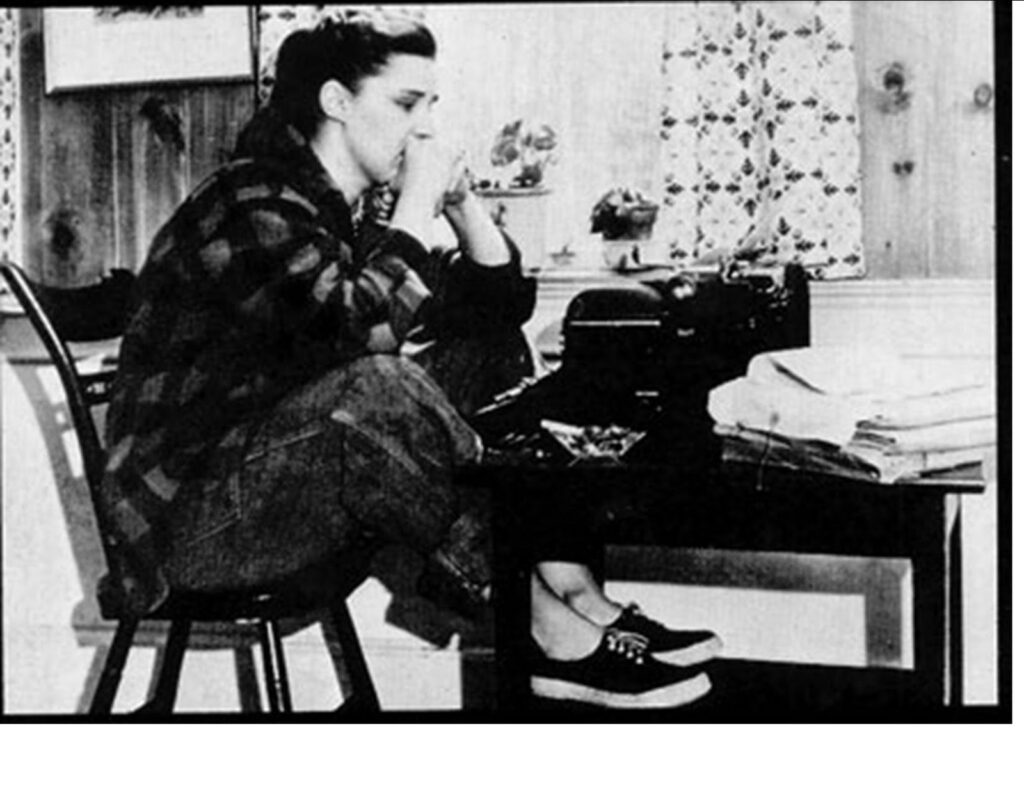
Met with disapproving glances and voices shouting their disapproval from Gilmanton, New Hampshire, to the rest of the world, Grace was suddenly thrown into the public sphere. Her novel was in question, along with her morals, by those quick to criticize the material.
This modern version of the myth brought to life was Grace Metalious, the “Pandora in Blue Jeans,” named by her agent due to the endless controversies triggered by her novel with a nod to her unconventional style. To think it all started with a typewriter and a dream.
Personal Life and Franco-American Background
Born September 8, 1924, as Marie Grace DeRepentigny in Manchester, New Hampshire, Grace grew up in poverty and a broken home. With a surname like “DeRepentigny,” her family was certainly of French-Canadian descent, making her a Franco-American. As most stories go in our culture, Grace grew up speaking French at home and later learned English.
This is no surprise within an American mill town with the history of an influx of French-Canadian immigrants from Québec into the United States during the 19th and 20th centuries.
Grace was a natural writer from an early age and attended Manchester Central High School, where she also acted in school plays. Upon graduation, she married her high school sweetheart, George Metalious, in 1943. Soon after, she became a mother and housewife.
It was no secret to anyone that Grace wasn’t the “ideal” 50s housewife who fulfilled her expected duties; instead, she sought refuge in writing.
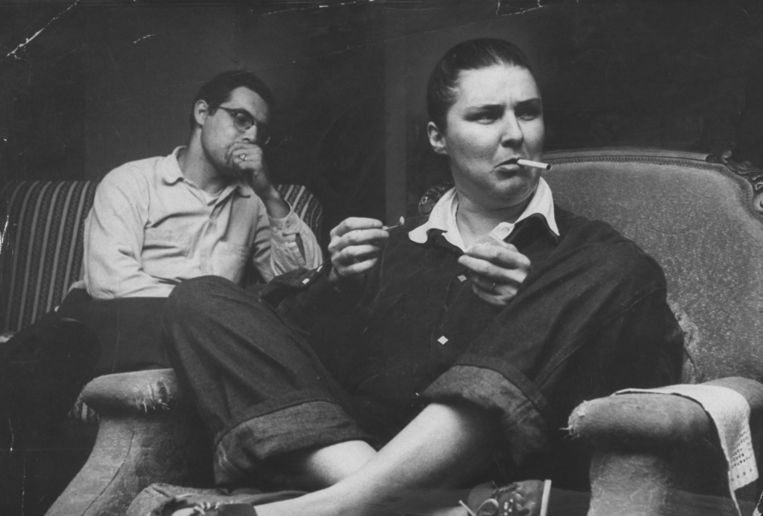
“I did not like belonging to Friendly Clubs and bridge clubs,” Grace wrote. “I did not like being regarded as a freak because I spent time in front of a typewriter instead of a sink. And George did not like my not liking the things I was supposed to like.”
Grace and George were said to have “lived in near squalor” with little money keeping them afloat. With their first child, the couple moved to Durham, New Hampshire, so that George could attend the University of New Hampshire.
Despite the financial stress on the family, Grace continued to write at any opportunity. While they lived in Durham, Grace became more serious about writing and dedicated hours of her time to perfecting her craft.
The Publishing of the Manuscript
At age 30 in the fall of 1954, Grace began working on a manuscript that would become her hit novel, Peyton Place. The story detailed the dark secrets of a picture-perfect small town in New England. Grace gave it the working title, “The Tree and the Blossom,” and by the spring of 1955, she had the first draft completed.
One account recalls Grace and her husband brainstorming a new title. They considered naming it “Potter Place,” after a real community near Andover, New Hampshire. Ultimately, they decided to use a fake town name to avoid bringing unwanted attention to real-life communities through the book’s explicit material that was not in decent company.
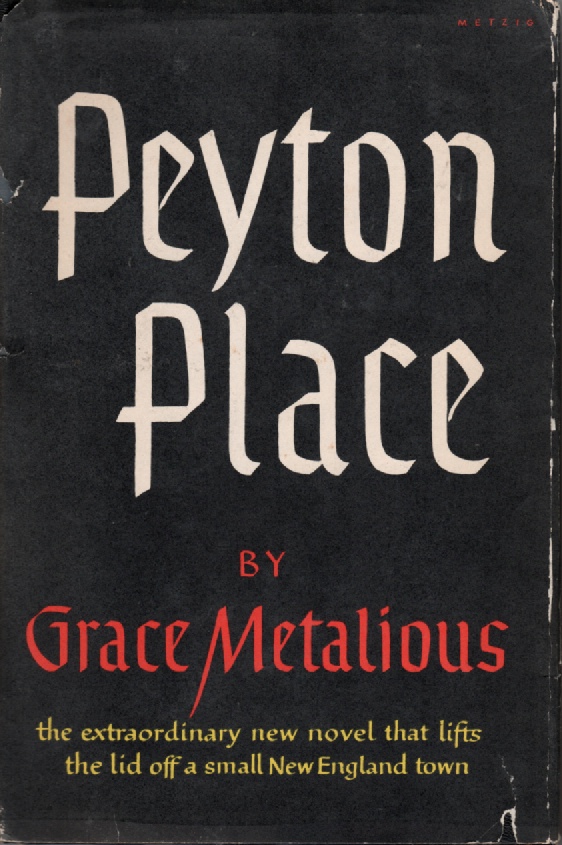
To make the name its own, they took the “Payton” of real-life Payton, Texas, switched the “a” for an “e,” and added “Place” at the end..”
With that simple fix, Peyton Place was born. To which Grace stated, “Wonderful—that’s it, George. Peyton Place. Peyton Place, New Hampshire. Peyton Place, New England. Peyton Place, USA. Truly a composite of all small towns where ugliness rears its head and where the people try to hide all the skeletons in their closets.”
And wouldn’t you know it, Peyton Place was published due to two women in the publishing world who saw its scandalous value 𑁋 Leona Nevler and Kathryn G. “Kitty” Messner of publisher Julian Messner, Inc.
Grace’s manuscript for The Tree and the Blossom ended up on the desk of Leona, a manuscript reader at Lippincott. Leona’s main task was sorting through drafts passed on by agent Jacques Chambrun, who had a previous written interaction with Grace when she wrote him a letter about her dreams of becoming an author.
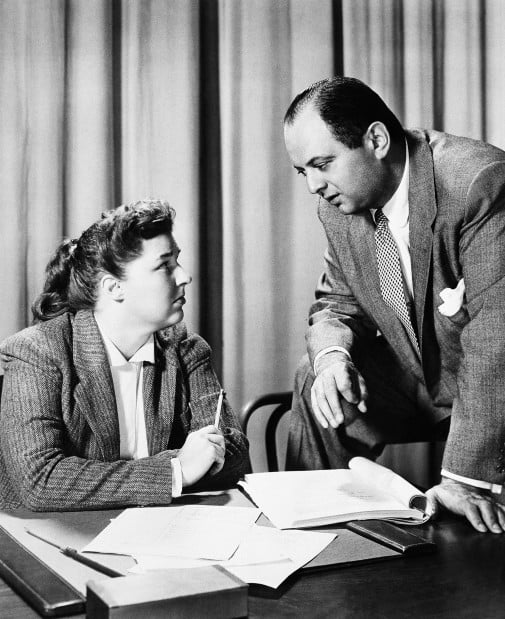
Leona told Kitty Messner, the president and editor-in-chief of the small firm, about the manuscript. Kitty acquired the draft and, after reading it, told Jacques that she had to have it published.
This account claims that these publishers requested the title change for “The Tree and the Blossom” in favor of a catchier title like Peyton Place. Kitty then asked Leona to take on the role of freelance editor for the book before publication. The rest is history, and the voices of the righteous came falling down.
Pandora in Blue Jeans
In the summer of 1956, the Metalious family moved into a new hilltop house, and a publicity campaign was launched for Peyton Place, published on September 24, 1956. Although most critics dismissed the novel, it remained on The New York Times bestseller list for over a year and became an international phenomenon.
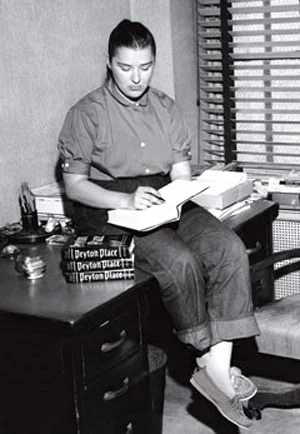
The fictional town of Peyton Place was a combination of several towns in New Hampshire, most notably Gilmanton, where Grace and her family lived and where the notoriety was resented. Peyton Place was also influenced by Laconia, where Grace’s favorite bar was located, and the nearby towns of Alton and Belmont.
Grace took inspiration from these real-life places where everyone’s skeletons could be contained 𑁋 or where they had already been revealed.
Captioned in a photo as “Pandora in Blue Jeans,” Grace certainly had a way of standing by her written work. As she unleashed a narrative that the general public wasn’t prepared for, Grace remained unapologetic for writing about graphic and controversial subjects that were “unexpected” for a woman at the time.
“People are surprised, Grace, by that a book so full of sex and violence could have been written by you: a housewife and mother of three children,” Joyce Davidson said in the interview.
“Well, beyond sex, sex and violence is around all the time. This is not surely any surprise to anyone,” Grace replied.
Other Writing and Succumbing to Vices
Grace had her fair share of inner demons like alcoholism and money problems. She had agreed to write a sequel to Peyton Place, which some argue was a cash grab on her part because she was running out of money.
So, she wrote Return to Peyton Place when she was offered a deal of $165,000. However, she handed in 98 unintelligible pages due to her heavy drinking affecting her writing process, and the draft had to be rewritten by a ghostwriter.
The reviews for the sequel were worse than when she released Peyton Place, bringing her down even further. However, Grace wrote a few more books titled The Tight White Collar in 1960 and No Adam in Eden in 1963, but neither caught on the way her debut novel had.

Interestingly enough, No Adam in Eden focuses on Franco-Americans as it follows three generations of women in a small New England city whose lives are further complicated by their French-Canadian origins. The story covers their arrival to the U.S. for better economic opportunities, along with the prejudice and exploitation they face in their new surroundings.
Unfortunately, Grace wasn’t spared by the real-life trope of the troubled artist who ultimately succumbs to their vices. Hers was alcohol, and, as a result, she suffered from cirrhosis of the liver from years of heavy drinking. Grace was only 39 years old when she died in a Boston hospital on February 25, 1964.
Incendiary in Passing
Even after her passing, Grace continued to cause uproar in Gilmanton. There was controversy about where to bury her, and nobody wanted the scandalous writer laid to rest in their picture-perfect small town.
However, she is buried in the Smith Meeting House Cemetery in Gilmanton, so residents will have to deal with her troublesome legacy slightly longer than expected.
Grace was far ahead of her time and unafraid to challenge the societal norms she faced. She pulled back the curtain on the pure, wholesome image of “Small Town, USA,” revealing the dark secrets lurking behind every closed door.
Although her work didn’t impress many literary minds of the time, Peyton Place certainly resonated among millions worldwide.
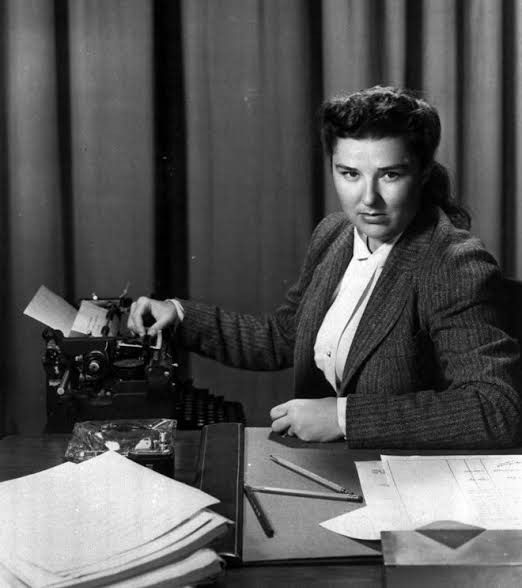
Grace lived a short, but incredibly successful life. She went from a struggling writer with big dreams to living in controversy beyond her usual antics. Sure, she could have handled her money better and not allowed her lovers and friends to take advantage of her fame and fortune, but Grace was here for a good time, not a long time.
Today, her hometown of Manchester, New Hampshire, keeps her memory alive. In 2007, the Manchester Historic Association and the University of New Hampshire honored Grace with a celebration of her work.
Through lectures, discussions, a screening of the 1957 movie, and readings of her writing, it marked the first public acknowledgment of Grace Metalious, a recognized Franco-American literary legend.

Leave a Reply